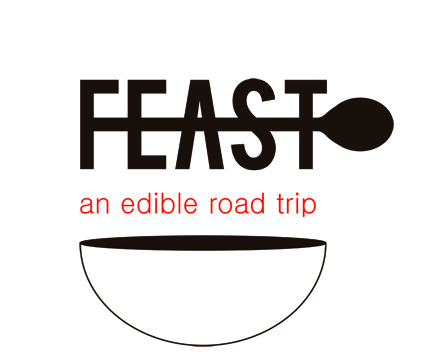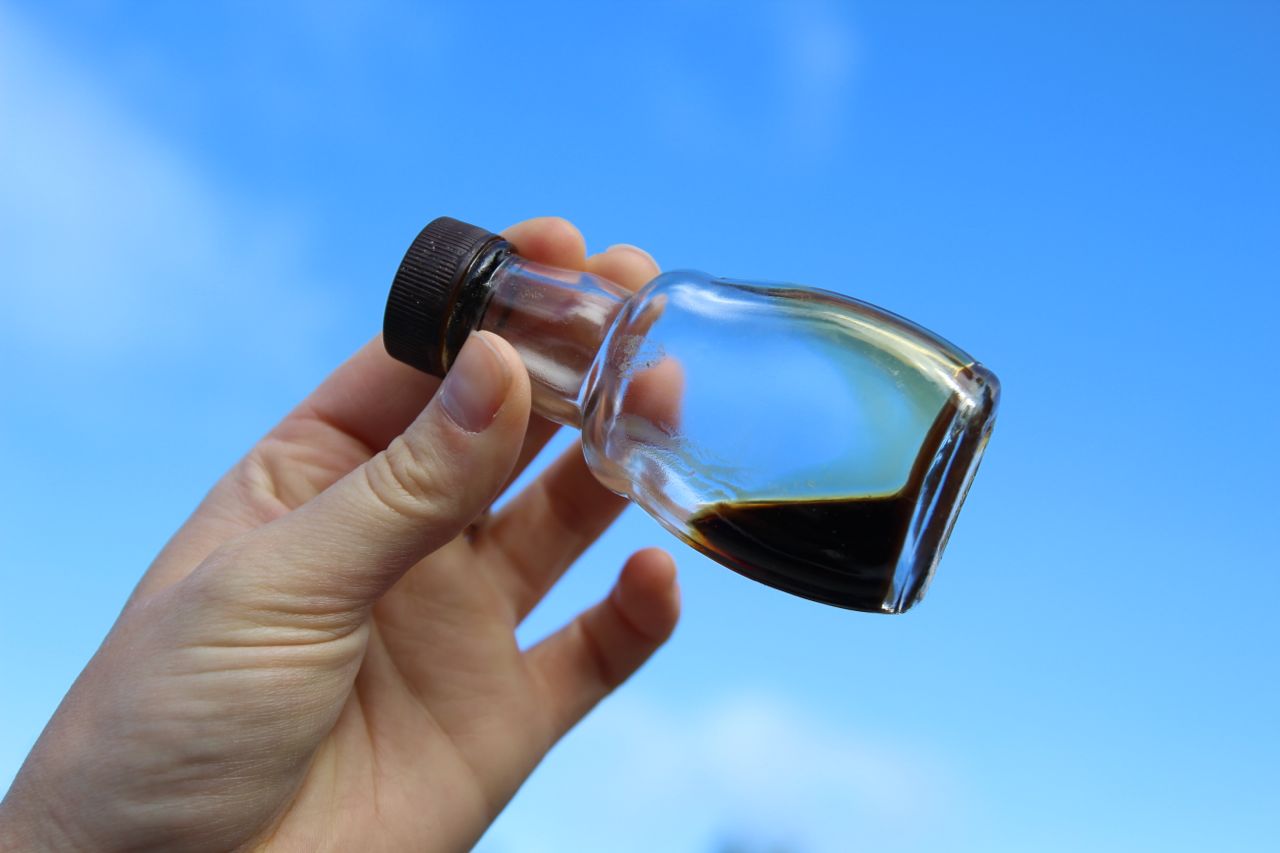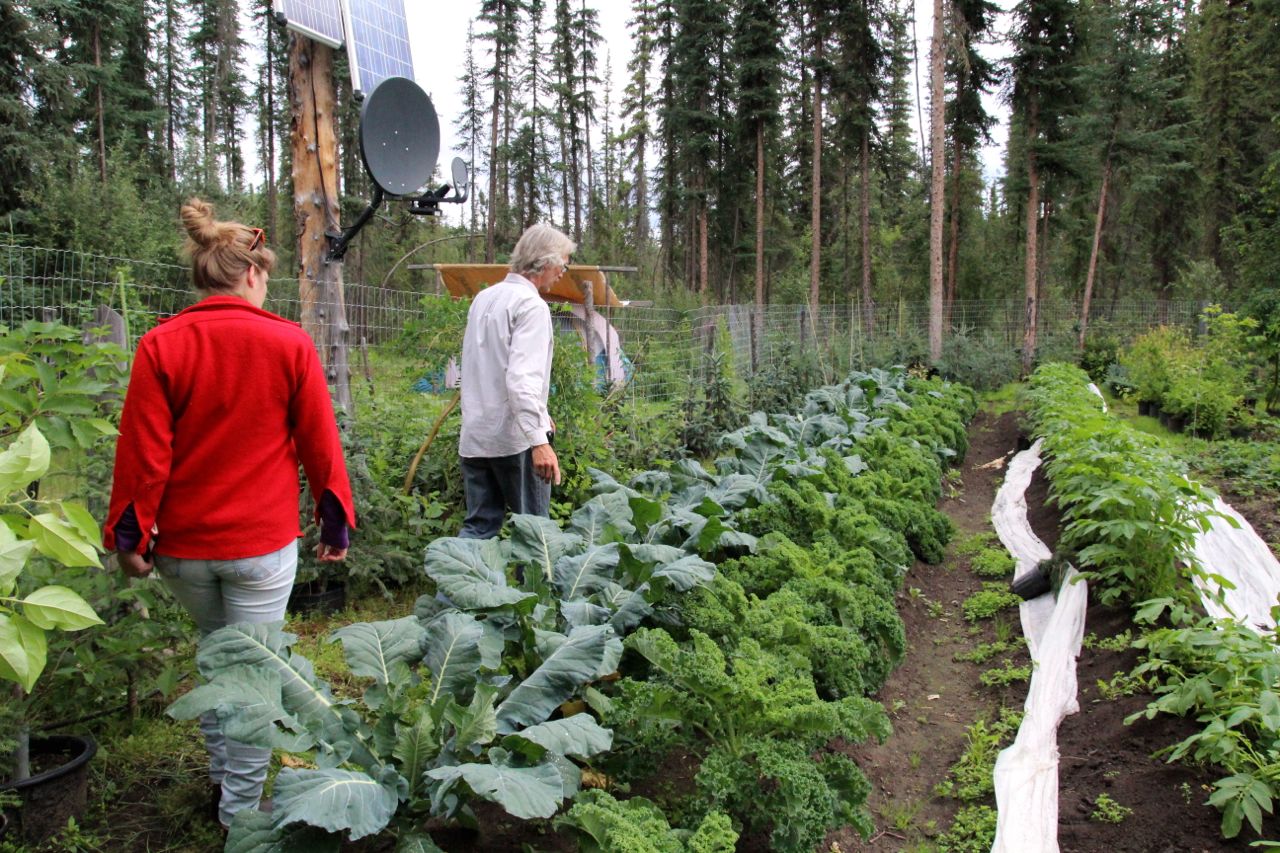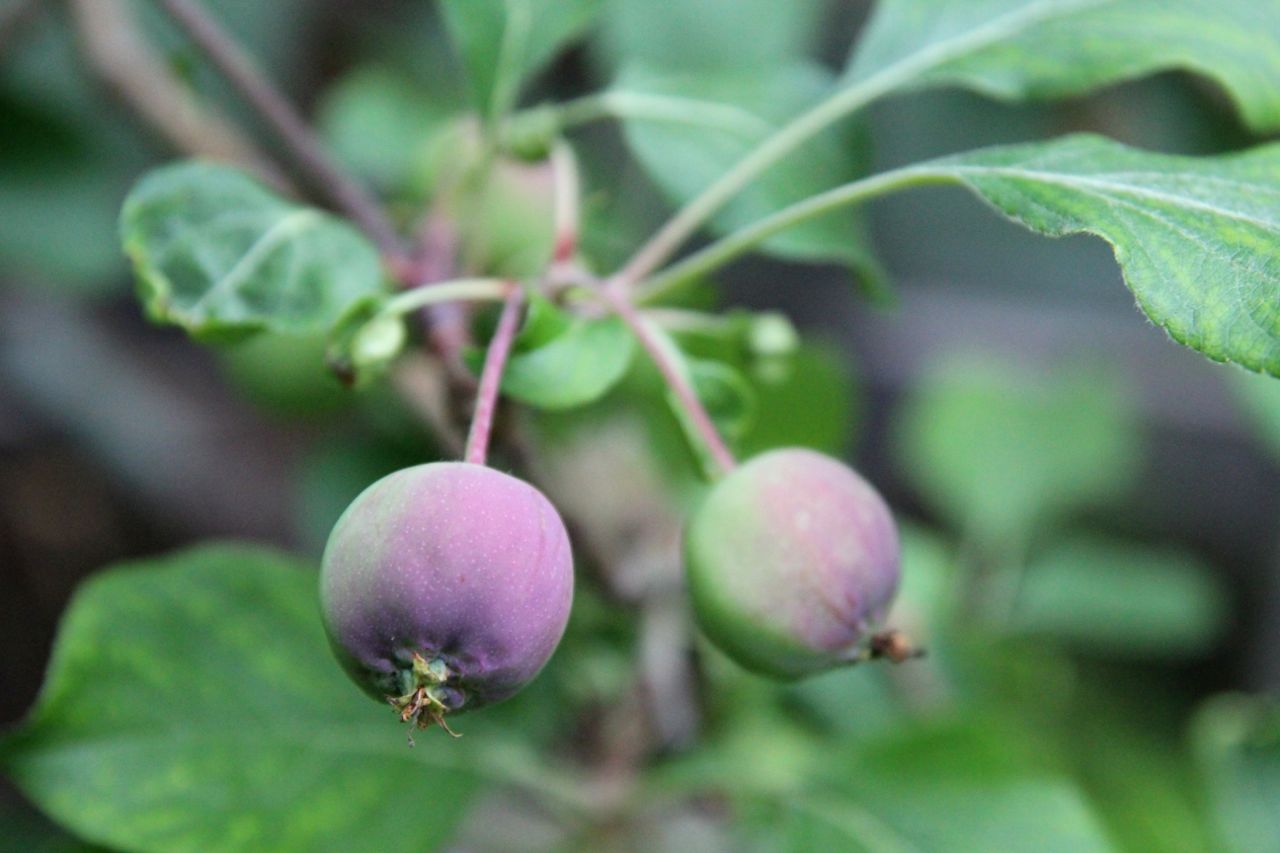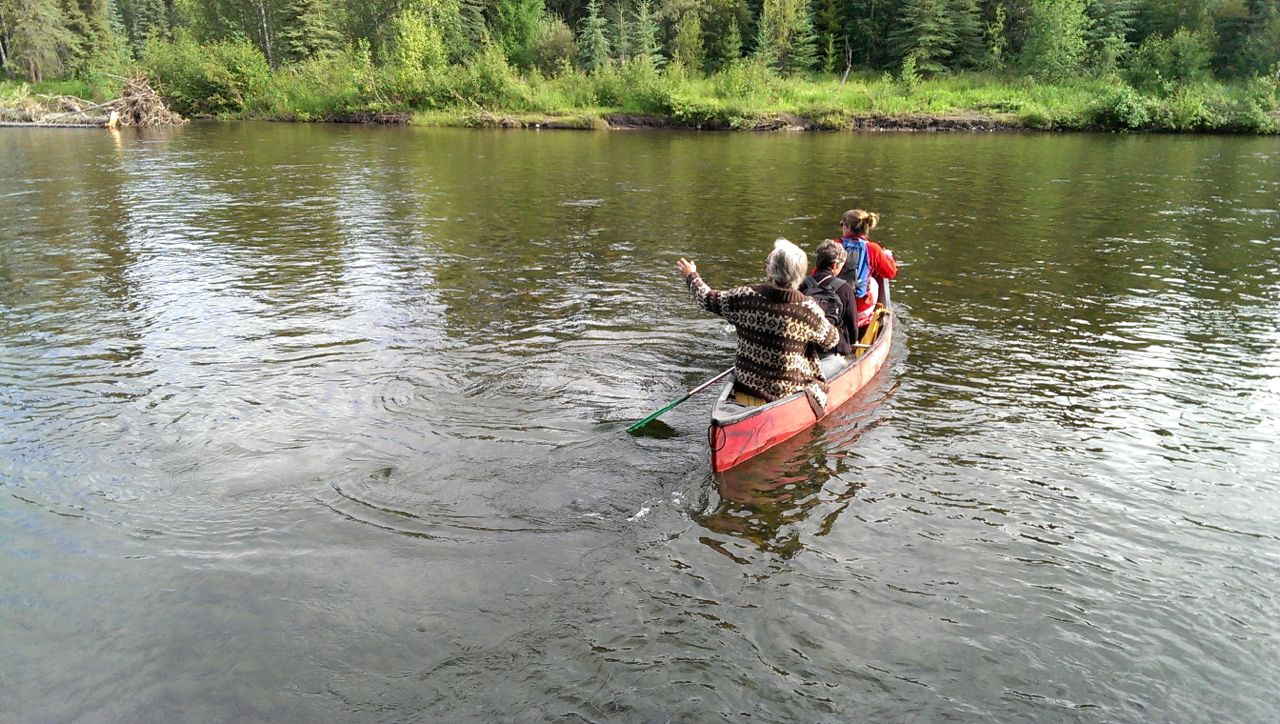FEAST on This #8: Uncle Berwyn's Birch Syrup
Maple syrup may be what we’re famous for, but birch syrup is rapidly gaining fame in Canada. First Nations have been utilizing birch for years, using the sap for medicine and the wood to smoke fish. Birch trees are harder to tap, there is a shorter production window than maple trees, and it takes about twice as much birch sap to make the same amount of maple syrup; for these reasons, birch syrup tends to cost more, but is well worth the extra pennies. It contains a number of trace minerals and is distinct on the palate; it’s much richer than maple syrup, with an almost caramelized, molasses-like flavour. Birch syrups have diverse flavour profiles, depending on the region from which it’s produced. We tasted a syrup produced south of Prince George, BC (near Quesnel) that was much stronger and less sweet than this Yukon product.
Uncle Berwyn’s birch syrup is an iconic product of the Yukon, and one of the 20 winning products of Canada from the Ace Bakery Artisan Incubator. Lyndsey "Uncle" Berwin Larson has a number of succulent recipes provided on his website, and we recently tried the BBQ sauce on ribs; were quite satisfied with the sweet and savoury result. He's also teamed up with Yukon Brewing to produce a birch syrup beer!
Michele convinced us to buy two bottles instead of one, and we already wish we’d purchased more. It’s just so versatile. Other recipes to try include birch syrup vinaigrette, birch syrup ice cream, and birch syrup creme brulee. Yes, yes, and yes please.
Find yourself a bottle if you can, because in Uncle Berwyn's own poetic words,
To make birch syrup is to be a part of the spring. To eat birch syrup is to be a part of the forest. To love birch syrup is to love life.
